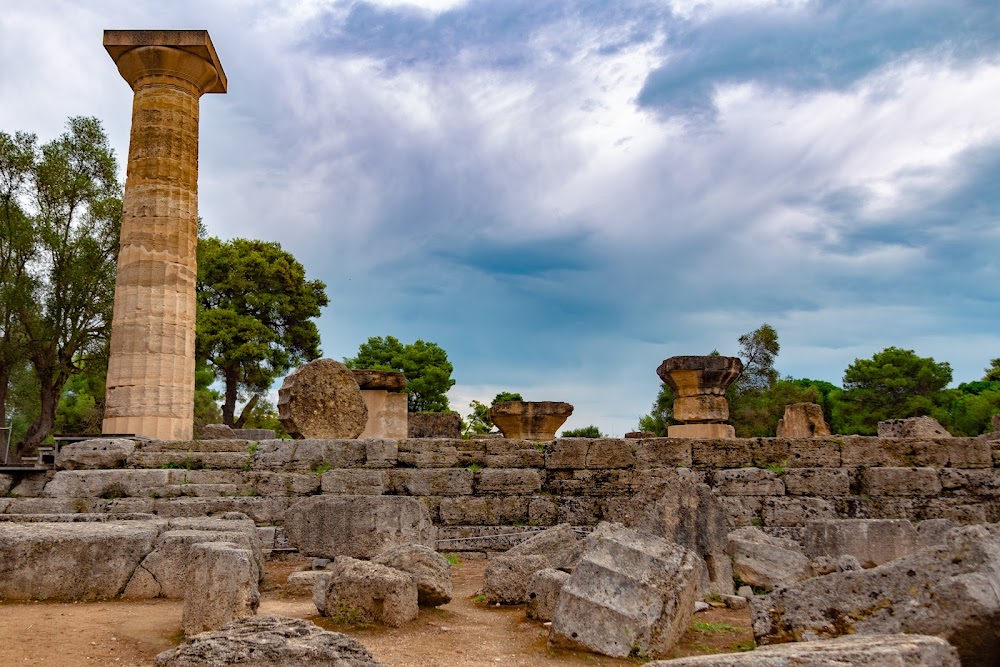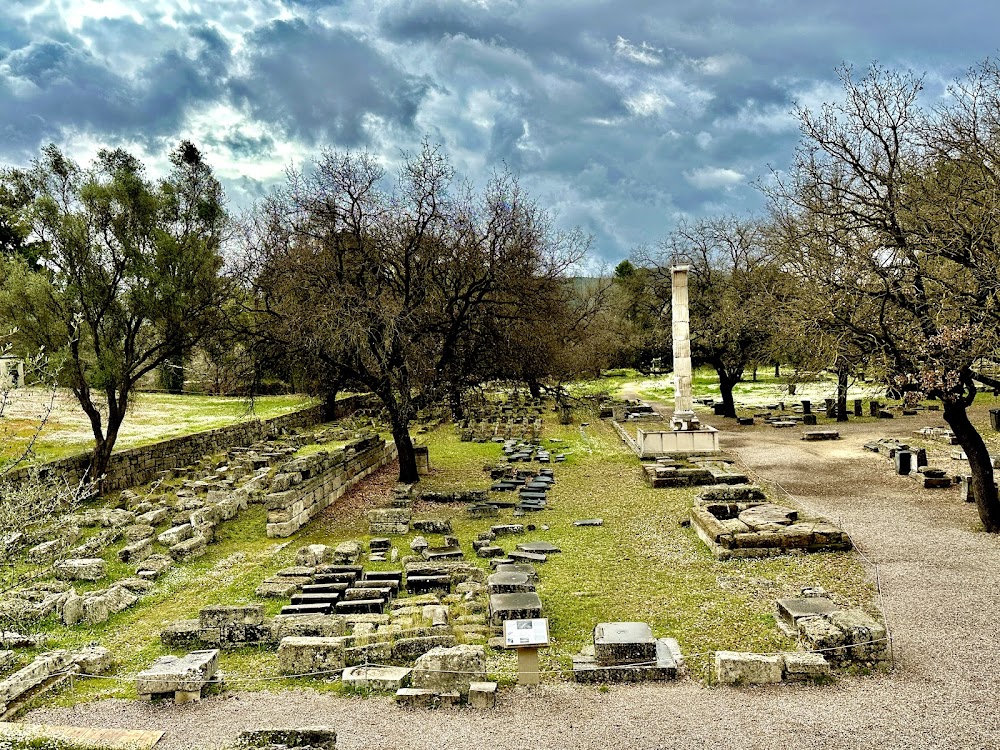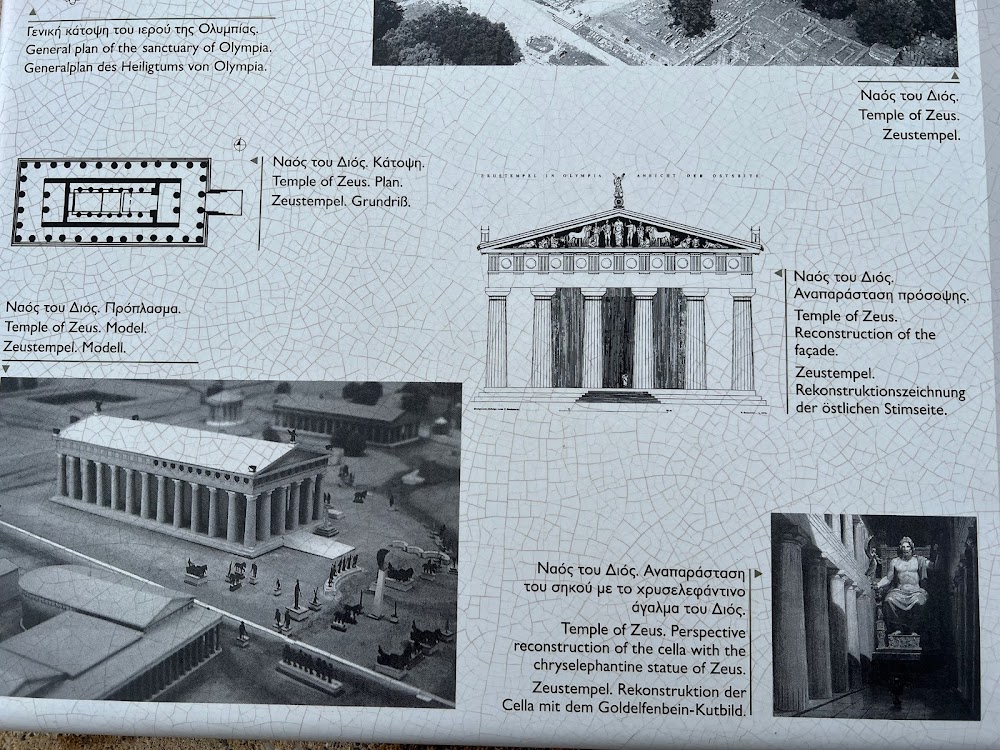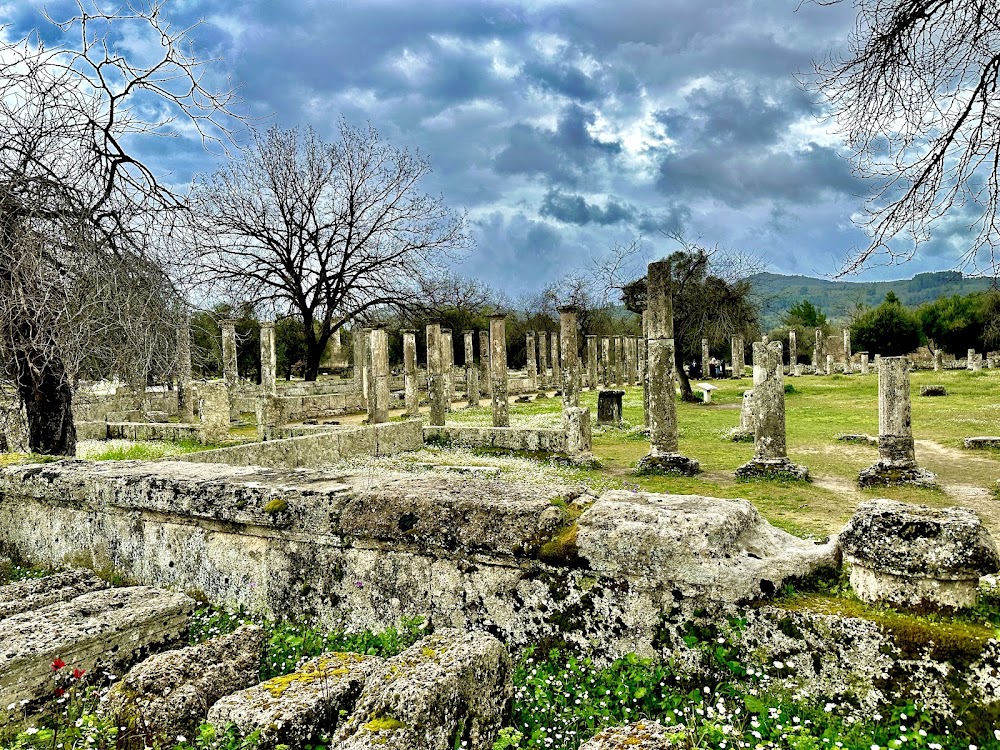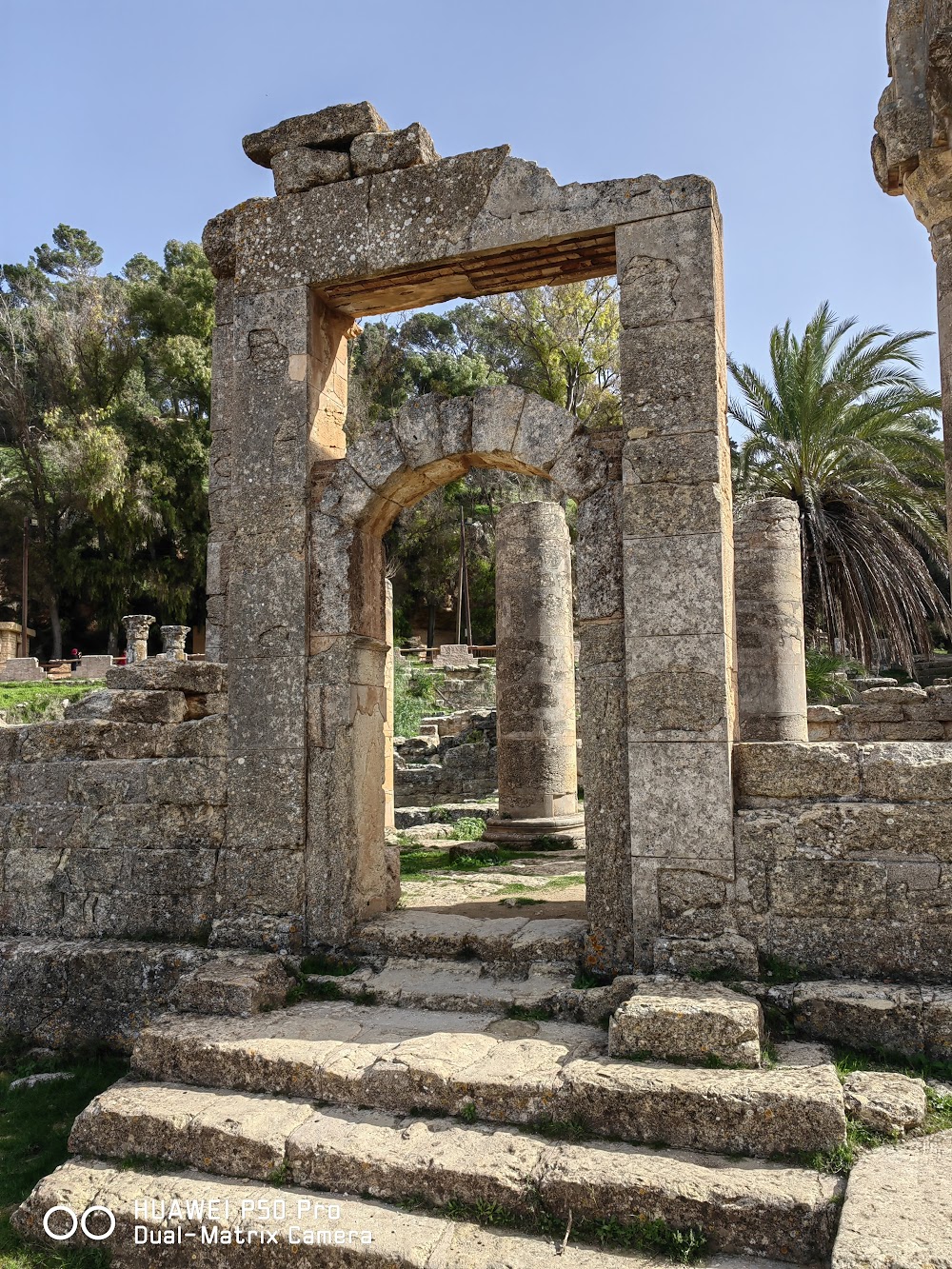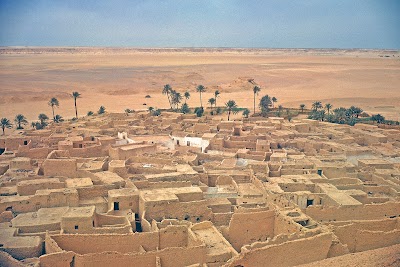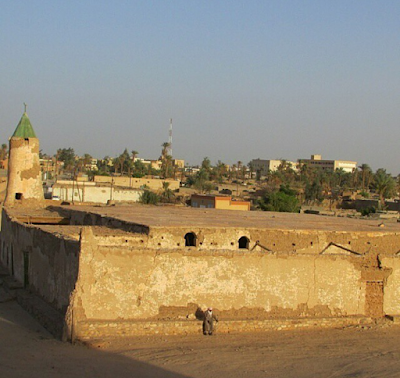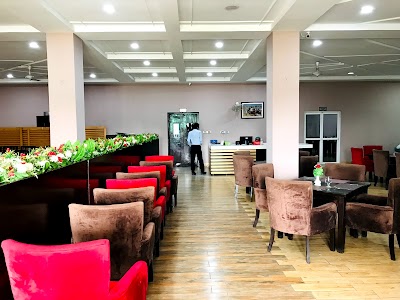Temple of Zeus (معبد زيوس)
Related Places
Overview
The Temple of Zeus, located in the Al Wahat District of Libya, stands as a breathtaking testament to ancient architecture and the splendor of bygone eras. This remarkable structure was a central religious site in the ancient city, and even in its ruins, it continues to enchant visitors with its impressive stature and historical significance.
Constructed in the 2nd century AD, the Temple of Zeus was an integral part of the Roman Empire's vast network of religious and cultural landmarks. Likely overseen by skilled Roman architects and builders, the temple showcases advanced construction techniques and intricate designs that were brought to Libya. Dedicated to Zeus, the king of the gods in Greek mythology, the temple also honored Jupiter, his Roman counterpart.
Strategically positioned in the heart of the Al Wahat District, the site of the Temple of Zeus was not just a religious center but also a vital gathering place for the local populace. This location fostered community engagement and cultural cohesion, making it a significant hub in the ancient world.
The temple itself was constructed using local stone and imported marble, ensuring both durability and a grand appearance. Its foundation was laid with meticulously cut stones, which provided a stable base for the massive structure. The defining feature of the temple, its columns, were built in the Corinthian style, showcasing ornate capitals decorated with acanthus leaves and volutes, embodying the elegance of classical architecture.
Inside, the Temple of Zeus was designed to inspire awe, featuring a grand statue of Zeus that was likely crafted from gold and ivory—materials reserved for the most revered deities. The walls were adorned with intricate carvings and frescoes that depicted scenes from mythology and the rich history of the gods, further enhancing the temple's grandeur.
In addition to its religious significance, the temple served as a showcase of Roman architectural prowess, illustrating their ability to merge and honor the gods of the cultures they absorbed. The design of the temple reflects a harmonious blend of Greek and Roman elements, combining traditional Greco-Roman features with local influences.
Over the centuries, the Temple of Zeus faced a myriad of challenges, including natural disasters, shifts in political power, and the gradual decline of the Roman Empire. Despite these adversities, many parts of the temple remain remarkably well-preserved, providing invaluable insight into the architectural and cultural achievements of the period.
Today, the ruins of the Temple of Zeus attract historians, archaeologists, and tourists from around the globe. This site offers a tangible connection to the past, serving as a poignant reminder of the grandeur of ancient civilizations. Ongoing efforts to preserve and protect the ruins ensure that future generations can continue to appreciate this extraordinary piece of history.


